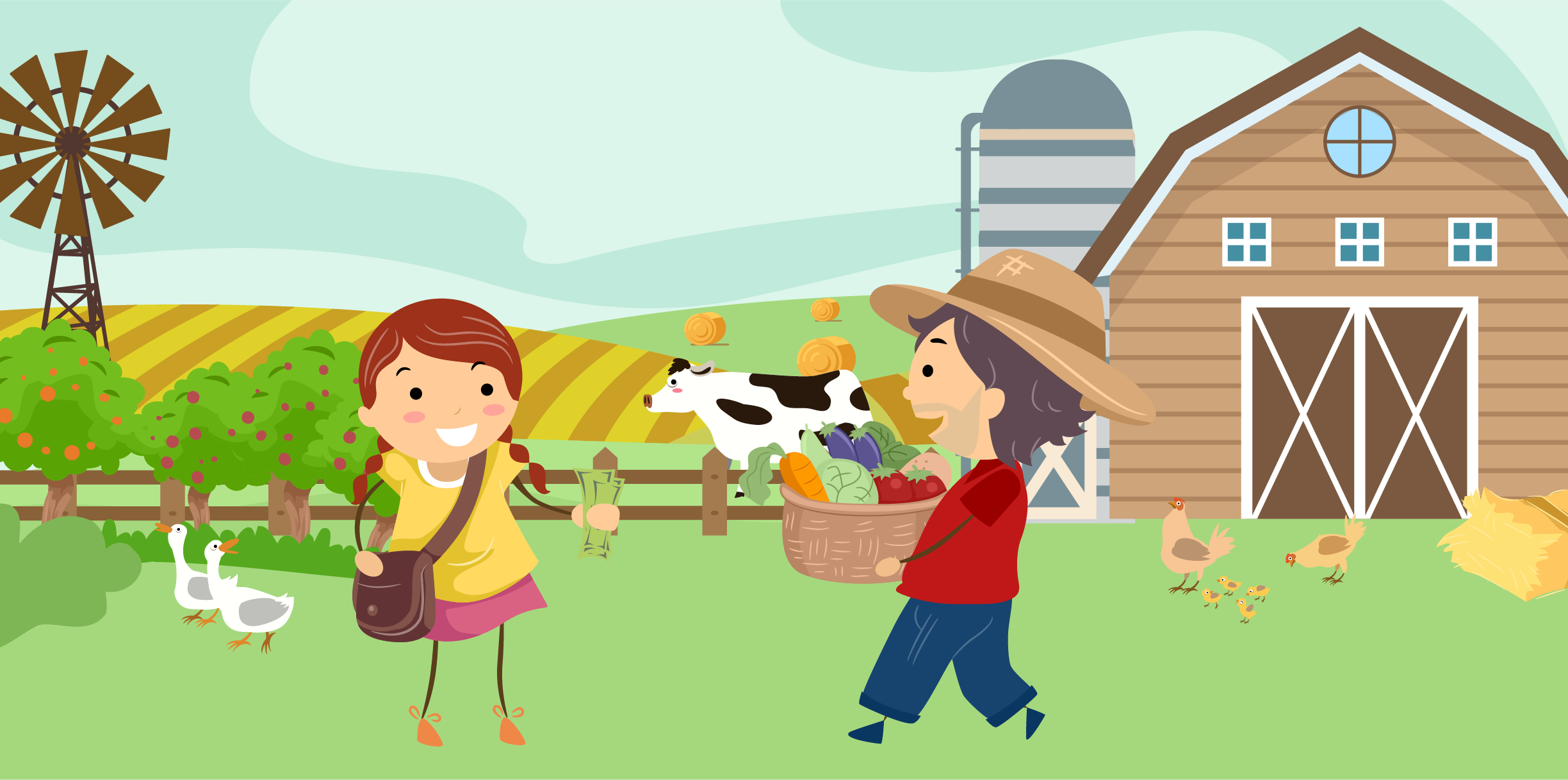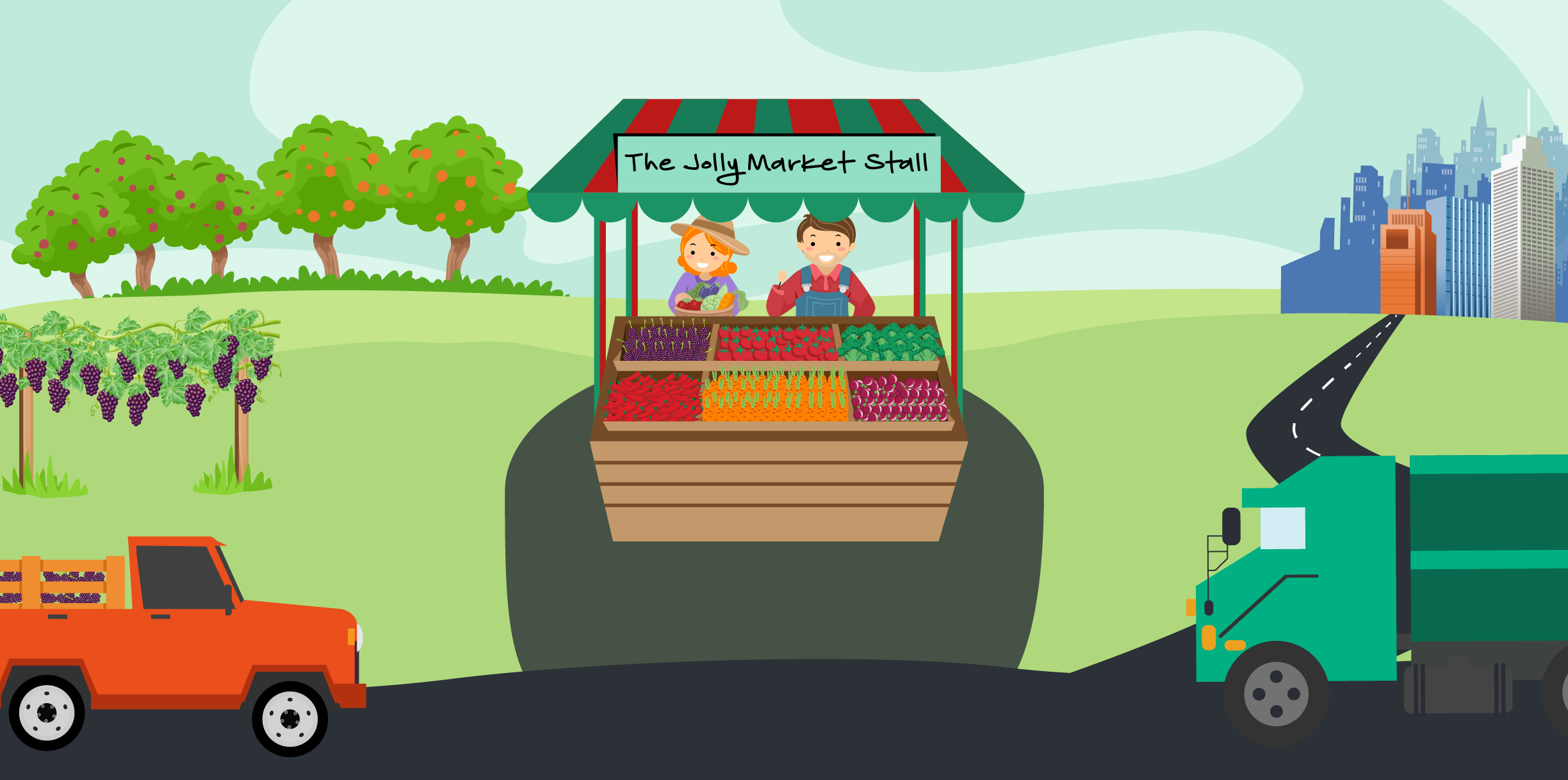
Whenever possible we should support markets, grocers, stores and stalls that source local produce.
Farming regions around Australia grow produce depending on the suitability of the climate, landscape, water availability and soil types. Some plants grow well in certain areas and others don’t. That is why Australia has many different food growing regions that grow the variety of produce we need.
While it is important to buy produce that is grown in Australia (and from your state), there are huge advantages to buying food from your local region. This supports local businesses and helps make our farming communities more sustainable. If we spend money locally then that money cycles through other local business creating employment and wealth within the local economy.
Local is better because:
- Locally grown food tastes better
- Local food is better for you
- Local food supports local families
- Local food protects the farmland
- Local food keeps taxes down
- Local food benefits the environment and our native plants and wildlife
- Local food boosts our well-being
- Local food is an investment in our future

From farm to plate
How far does your food travel?
In this activity you will learn that the produce grown on farms often takes time and travels large distances before it gets to us, the customer. Go on the food journey to find out the many steps food can take and why it is important to buy local produce direct from the farmer.
Step 1
Have a look at the labels and stickers on the fruit, vegetables and meat in your fridge and pantry (or lunchbox). See if you can identify where this food came from (country, state, region/town) and create a table of what you find.
Step 2
Read through and complete ‘The Food Journey‘ activity. To understand the many steps along the journey refer to the food journey steps/terms. Calculate how far Jenny’s grapes have travelled to get from the grower to her lunchbox.
Food journey steps/terms
- Growers are the farmers who grow the raw produce for the food.
- Processors take the raw produce and convert it into the form that the product requires.
- Wholesaler/ Wholesale markets often buy food in bulk. They then on-sell it to retail grocers.
- The transport industry is involved in many steps along the way. They transport the food from growers to processors to packagers. Transport can occur in many ways: trucks, ships, planes and train.
- Packagers take the product and package and grade them into retail form.
- Warehouse operators/distribution centres store the food for future use and organise it into orders for clients.
- Retail grocers are responsible for displaying, marketing and selling the food.
- Customer buys and consumes the finished product.
